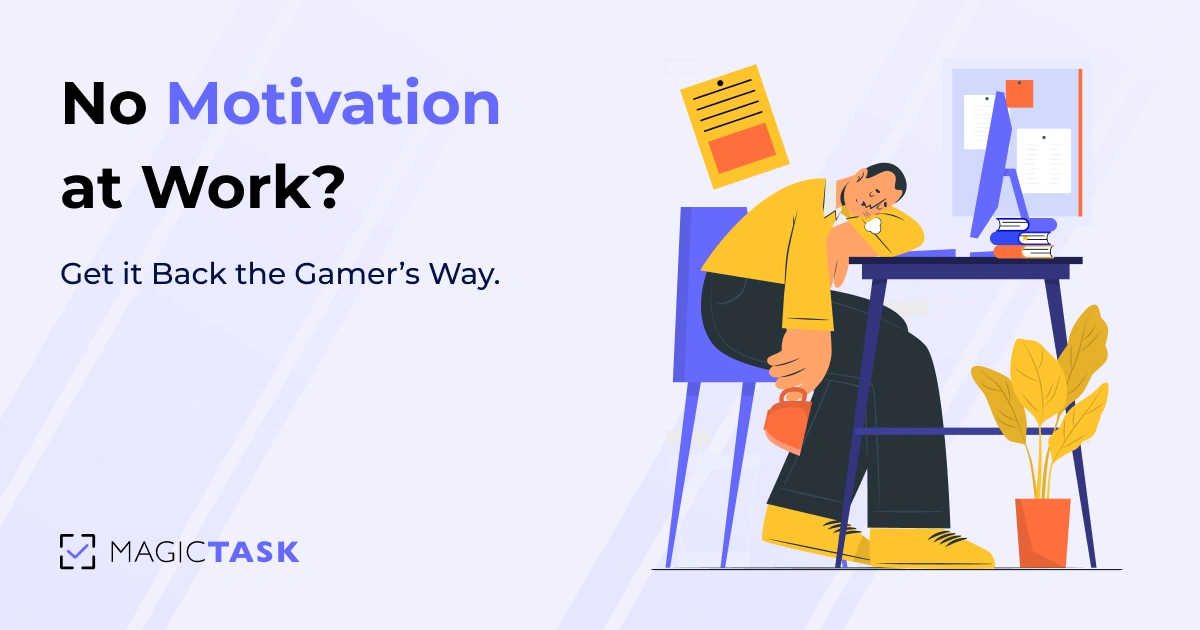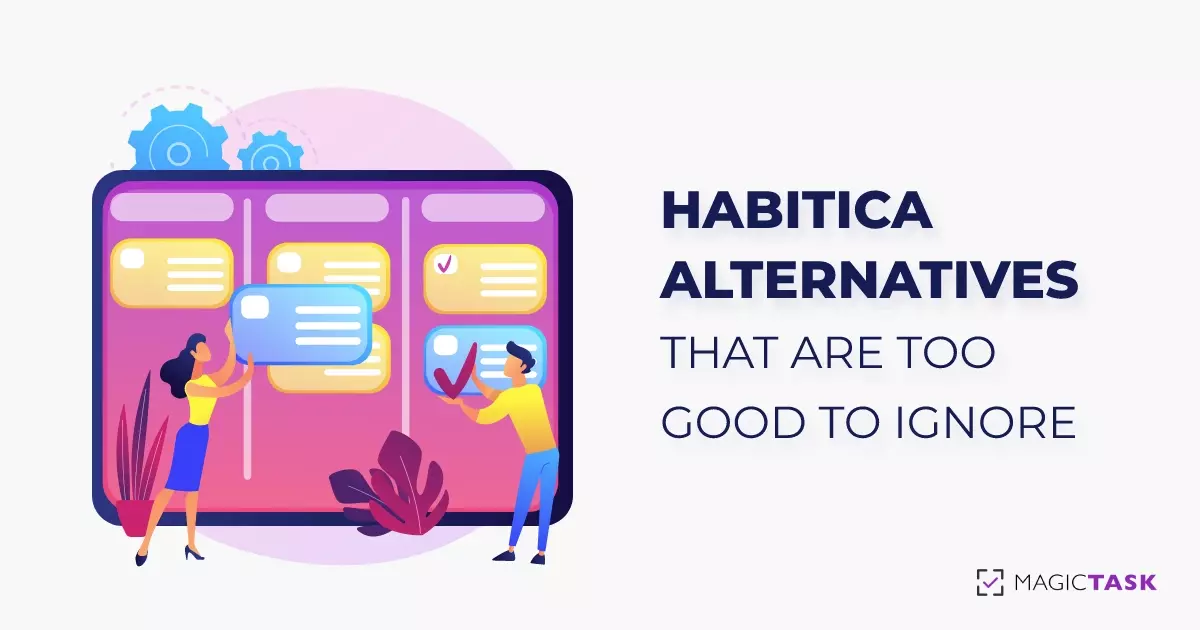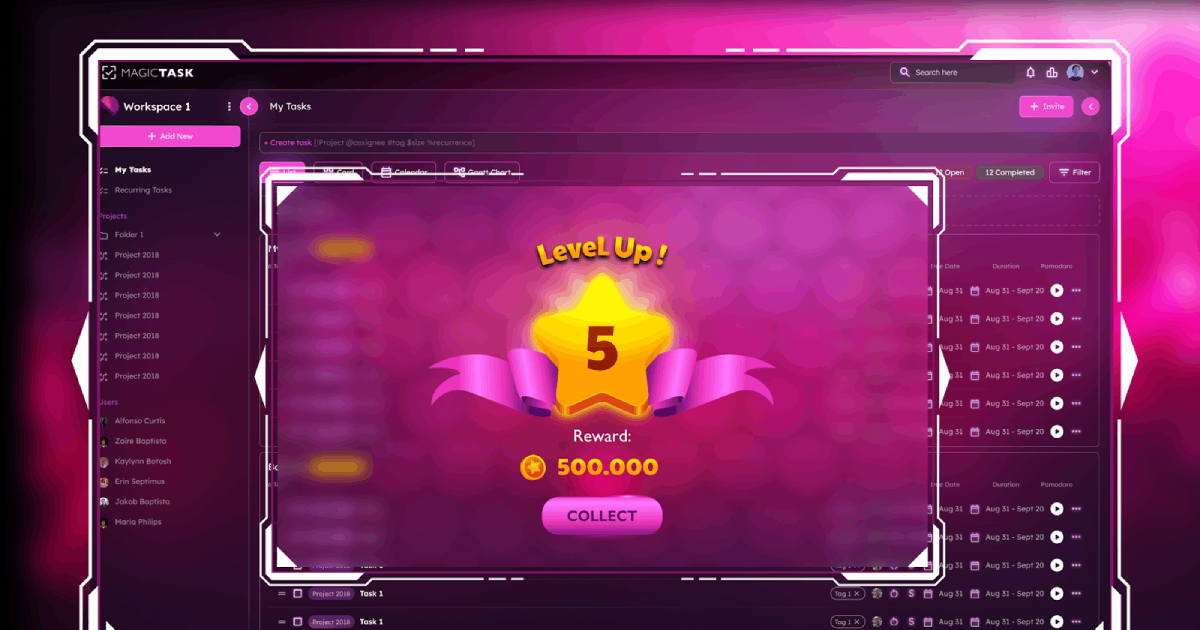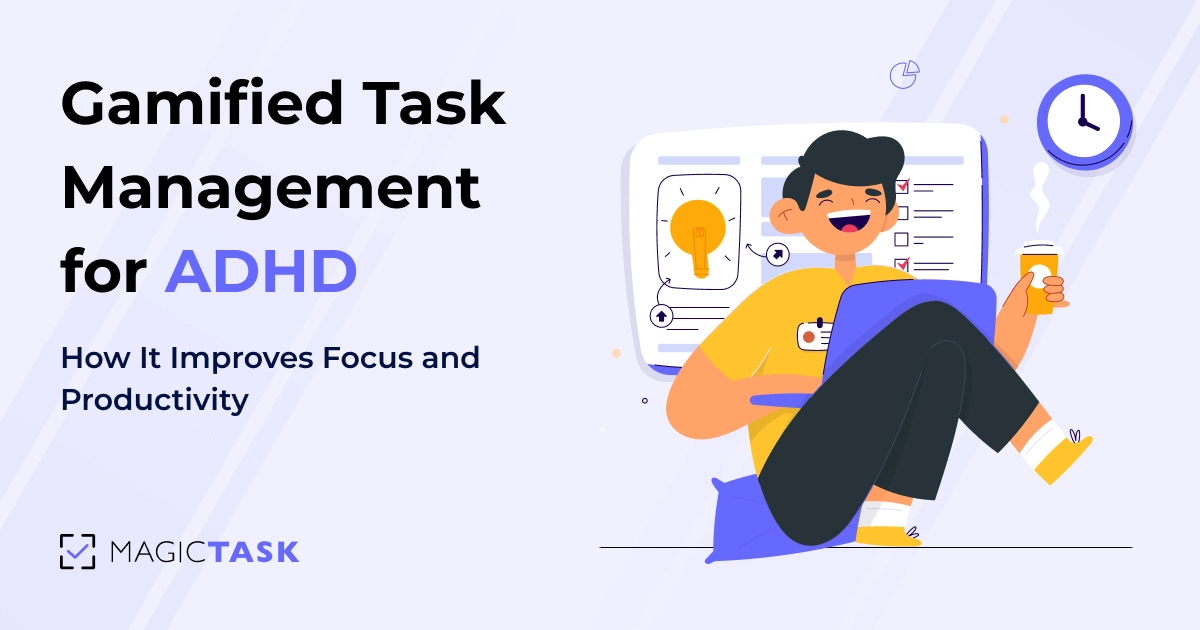How to Leverage the Psychology of Gamification to Drive Employee Engagement
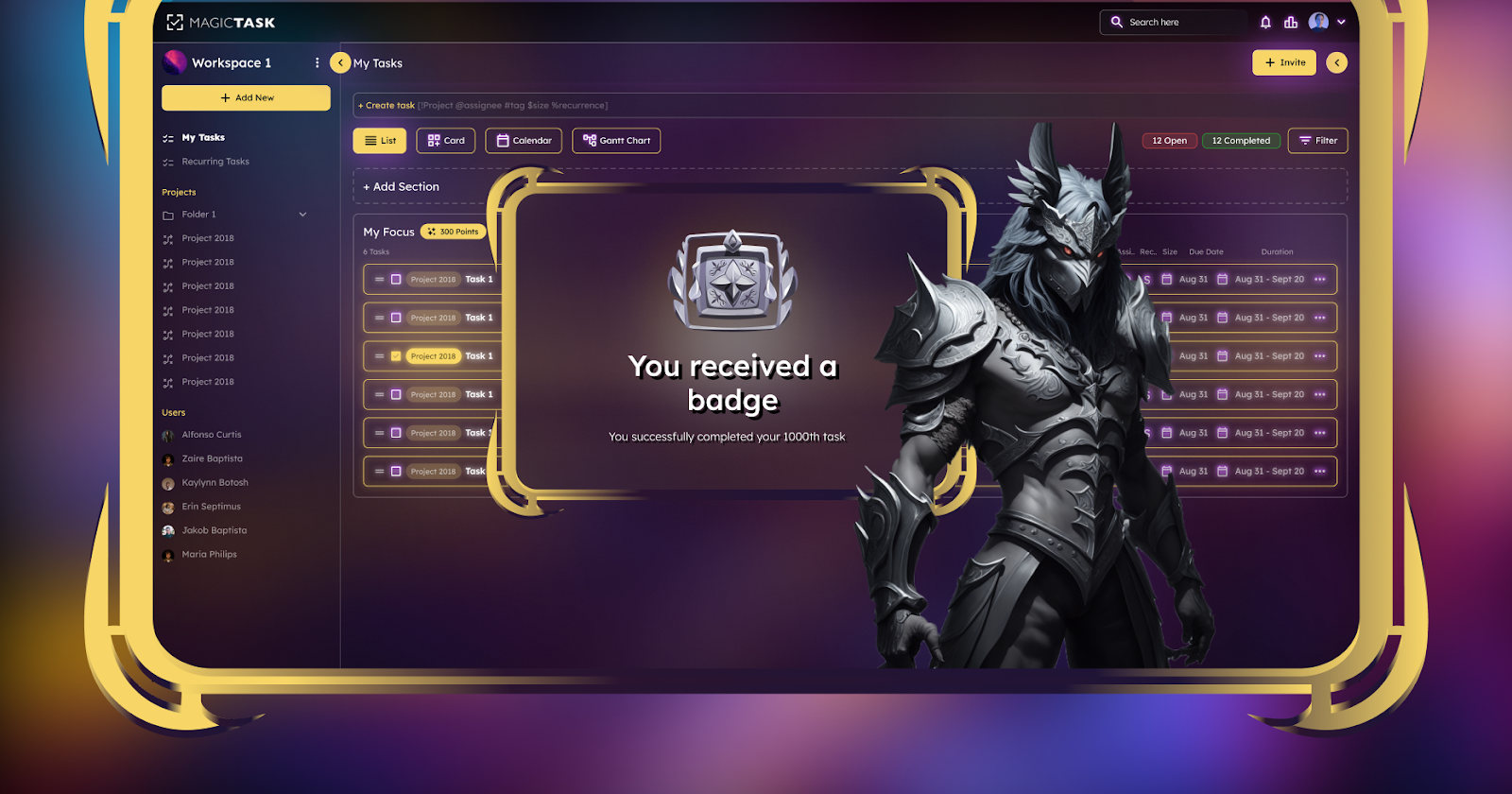
Gamification integrates game design principles into non-gaming contexts to boost engagement and achieve specific goals. CEO success relies heavily on employee engagement, impacting productivity, retention, and overall performance. In today's fast-paced work environments, traditional motivation methods often prove insufficient.
To address this, businesses can tap into gamification's unique concepts, leveraging elements like points, badges, leaderboards, and rewards to make routine tasks more engaging. This fosters behavioral changes and a sense of accomplishment. Employing data analytics further enhances the approach by tracking progress, identifying patterns, and highlighting areas for improvement.
Understanding Inspiration
Understanding inspiration is significant in designing exact gamification guidelines for employee engagement. Inspiration is the driving force for persons' actions and activities, inducing their level of engagement, energy, and determination.
Inspiration can be categorized into two types
- Intrinsic inspiration: Intrinsic, stanching from internal needs such as a sense of achievement or mastery.
- Extrinsic inspiration: Extrinsic, ambitious by external rewards or gratitude.
In the primary psychological factors that inspire employees, such as sovereignty, competency, and affiliation, administrations can modify gamified participation to resonate with their workforce on a more profound level.
Making out person modifications in inspiration permits the customization of gamification policies to outfit various preferences and personalities. Understanding inspiration empowers administrations to design gamified systems that inspire and strengthen employees, pouring higher levels of engagement, manufacture, and gratification in the workplace.
Setting Perfect Ambitions and Purposes
For employee engagement, setting perfect ambitions and purposes is important to develop gamification by companies. These ambitions play important guiding values that line up employees' actions with the organization's thoughtful purposes.
In gamified when participations are created it's conclusive to create precise, computable, attainable, applicable, and time-bound (SMART) goals. Perfect ambitions provide employees with a sense of determination and track, helping them recognize what is expected of them and how their energies contribute to broader organizational success.
Furthermore, perfect ambitions and goals make clearness and responsibility within the gamified system and create a culture of clarity and focus. Employees become more loyal when they have a clear understanding of what they are working on and how their development is being measured. By setting clear aims and purposes, management can increase the efficiency of gamification in driving employee engagement and motivation.
Inspiring Struggle and Cooperation
Inspiring struggle and cooperation within gamified systems can meaningfully develop employee engagement and motivation. The struggle creates a sense of challenge, determination, and achievement, driving people to be ambitious at their limits and attempt for excellence. By assimilating leaderboards, positions, or performance metrics, administrations can fuel healthy competition, encouraging employees to outclass themselves and their aristocrats.
At the same time, collaboration encourages teamwork, communication, and a sense of fitting. By planning gamified experiences that essential cooperation, problem-solving, and collective goal achievement, administrations can adopt a culture of suggestion and companionship among employees. Inspiring collaboration can also restrain the negative aspects of competition, like individuality by highlighting shared goals and collective achievement.
By striking an equilibrium between competition and collaboration, administrations can attach the motivational power of both dynamics to drive advanced levels of engagement, productivity, and invention in the workplace. Furthermore, the development of a culture that values both competition and collaboration promotes a supportive and dynamic work environment encouraging employee growth and satisfaction.
Integrating Progress Following and Feedback Loops
Integrating progress following and feedback loops in the gamified system is energetic for the betterment of employee engagement. Following steps, such as progress bars, achievement emblems, or level gauges, gives employees an optical demonstration of their progress and activities.
It gives a sense of achievement and inspiration as employees work towards their aims and objectives. Furthermore, by feedback loops employees can get timely and expressive feedback on their presentation, to understand their properties and areas for their development.
Through aristocrat reviews, presentation reviews, or definite feedback within a gamified system feedback can also be given. In the workplace administrations may construct a culture of learning and growth and also enhance employee engagement, by incorporating feedback loops and progress, companies can drive constant enhancement following gamified experiences.
Exciting Struggle and Cooperation

Inspiring struggle and cooperation within gamified systems can create employee engagement and motivation. Hard work in employees arouses a sense of challenge, determination, and achievement, also making individuals ambitious at their limits and attempting excellence.
Encouraging employees to outclass themselves and their aristocrats is possible by assimilating leaderboards, positions, or performance metrics, administrations can fuel healthy competition encouraging employees to outclass themselves and their aristocrats. Collaboration encourages teamwork, communication, and a sense of fitting at the same time.
In a gamified system it is essential for employees the first one is cooperation then problem-solving, and collective goal achievement, administrations can adopt an environment of suggestion and companionship. The negative aspects of competition, like individuality by highlighting shared goals and collective achievement are controlled by exciting collaboration. Administrations can attach the motivational power of both dynamics to drive advanced levels of engagement, productivity, and invention in the workplace by establishing equilibrium between competition and collaboration.
Individualization
By adapting the experience to every employee's
benefits, motivations, and learning style,
personalization is significant to exploiting
employee engagement through gamification.
Through the construction of customized user
outlines within the gamified system, companies
can obtain important data about their aims,
hobbies, and ideal game methods.
With the use of this data, exclusive experiences
that can say to every individual normally can be
created. By adapting the degree of trouble or
gratification in reaction to individual
performance or favorites, adaptive gameplay
contrivances improve personalization and
declaration that staff members are appropriately
challenged and involved. Organizations may
gamify experiences for laborers that are
applicable, satisfying, and fun by approval
personalization. This will finally upsurge
worker engagement, motivation, and
gratification.
Fostering a Mastery and Accomplishment Sense
In gamified systems, employee engagement must be raised by generating a sense of mastery and accomplishment. Organizations can foster a sensation of direction and determination in their workforce by providing them with the chance to set and meet aims. Motivates staff members to exceed expectations and pursue greatness by establishing demanding yet reachable objectives. To increase their self-esteem and inspire them to keep working hard it is essential to give them feedback and recognize their achievements.
Staff members become enabled by providing chances for skill achievement and mastery to improve their skills and advance in their work. Organizations can create a culture of growth, success, and satisfaction in the workplace, driving higher levels of engagement, efficiency, and satisfaction among employees by designing gamified experiences that highlight the attainment of goals, the progress of skills, and the recognition of attainments.
In the office, companies can foster a culture of growth, success, and fulfillment by creating gamified experiences that place a premium on goal achievement, skill development, and achievement appreciation.
Encouraging Social Appreciation and Interaction
For the growth of employee engagement in gamified systems, it is important to encourage social communication and appreciation. By implementing first principles that promote communication, collaboration, and noble recognition, administrations can foster a sense of friendship and belonging among their labor force.
In the gamified system, an association of employees by data sharing, and mutual support are raised via social features like chat abilities, opportunities, and social networking. From their peers, staff members should be given the chance to get feedback and gratitude from their aristocrats also helps them to rejoice and recognize everyone’s achievements which promotes a correspondingly supportive and appreciative culture.
By adopting teamwork, and extending relationships by placing a high importance on social interaction and recognition of exclusive gamified proceedings, administrations can advance overall engagement and gratification in the workplace. Moreover, social linking and acknowledgment support a strong corporate culture in which staff members practice a sense of value, motivation, and relationship with both the company and their nobles.
Making the Most of Challenges and Missions to Engagement
In the gamified system, using missions and challenges is a great method to increase staff engagement. When employees are faced with challenges and quests, which keeps them engaged and driven to meet their objectives they enjoy excitement, adventure, and a sense of advancement. In the life of employees, challenges can come in many different ways, such as missions, short-term projects, or contests where workers must obtain their certain goals within a predetermined amount of time.
To succeed in these difficulties, employees are inspired to act and push themselves to the limit which creates a sense of excitement and urgency. By providing incentives or acknowledgment for accomplishing challenges companies can increase involvement and engagement.
Making Schemes to Motivate
Making an incentive system to inspire employees through gamification includes cautious consideration of both intrinsic and extrinsic promoters. In Intrinsic rewards employees provided by internal requirements also include elements such as appreciation, a sense of triumph, and opportunities for personal growth.
Employees can be given external motivations like monetary bonuses, prizes, or tangible profits in extrinsic rewards. Both types of rewards and support should be designed to balance with the organization's goals and values to motivate employees. The rewards should be given to employees of various types for diverse preferences and ensure that they are meaningful and desirable for employees.
For Ideal Engagement Solve Difficulty Levels
In a gamified system solving difficulty levels is critical for enhancing engagement. The tasks and trials are neither too easy nor too difficult but provide a perfect level of challenge to keep workers motivated and immersed in their work. People are most engaged and satisfied when they are fully immersed in an activity that matches their talent level. In the framework of gamification, attaining a state of flow requires carefully balancing the difficulty of tasks with employees' skill levels. To achieve ideal engagement, administrations should implement difficulty scaling mechanisms that adjust the trial level based on individual performance.
Enhancing Engagement Using Game Mechanics
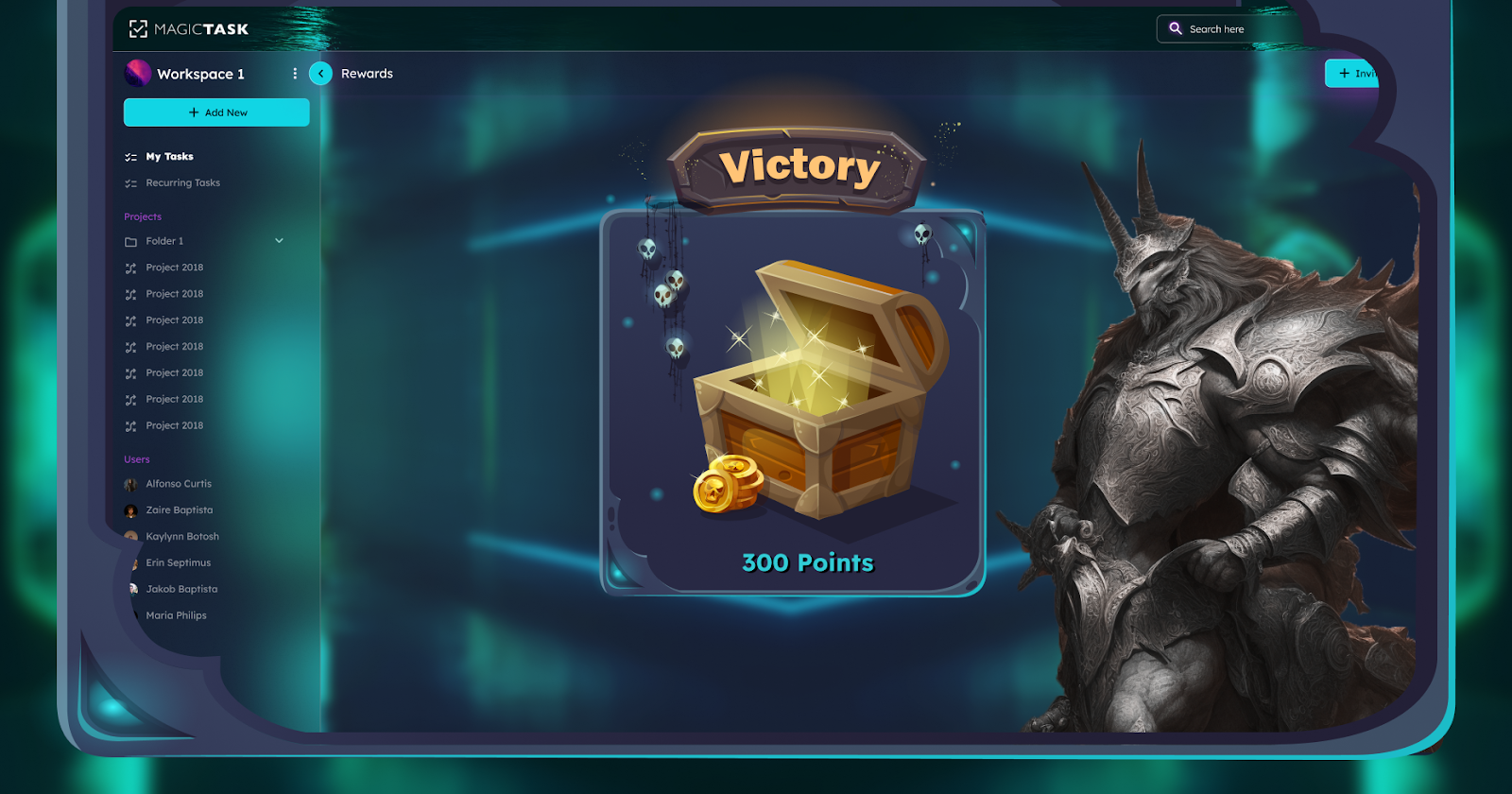
In a gamified system to increase user
participation game mechanics must be used.
Game mechanics are known as the rules, dynamics,
and apparatuses that make a game fun and
engaging. Companies can build immersive,
engaging, and rewarding atmospheres that capture
employees' imagination, and consideration and
encourage participation by integrating these
mechanics into gamified experiences.
The important components of the game are points and emblems, rewarding staff members for ultimate assignments, hitting targets, or acting in certain ways.
Inspiring employees’ points and emblems plays an important role. Also, points and emblems in workers create a sense of progress and success, inspiring them to keep working hard to get better rewards.
Leaderboard is another useful gaming feature that encourages rivalry and motivates staff to reach for superiority. By assigning employees a ranking based on their performance or activities within the gamified system, leaderboards generate enjoyment and a sense of urgency.
Continuous Revision and Improvement
In a gamified system, getting employee input experiences is one side of continual iteration. The actual means for gathering feedback are reviews, focus groups, and direct contact channels, which give firms valuable visions into their operations and areas for growth. Data analytics displays worker productivity, satisfaction, and advancement in the gamified system, all of which are critical constituents of continual development. Organizations can find leanings, patterns, and areas for development by investigating this data; these insights will help shape the gamified experience in the future.
Iterative design means adapting the gamified system gradually and finely in response to user feedback and data analysis. To raise motivation and engagement, these adjustments may involve adding new features, changing the complication of the game, or enlightening the game mechanics. Organizations may guarantee the long-term efficiency and engagement of their gamified systems by accepting a continuous iteration and improvement method. The implementation of an iterative policy facilitates continuous optimization through the consumption of employee feedback and performance data, hence leading to increased levels of job satisfaction, production, and engagement.
Also Read: The Science Behind Gamified Productivity: Insights from MagicTask V3’s Design Philosophy
Conclusion
In conclusion, a thorough hold of human motivation, behavior, and reasoning is necessary to effectively use the psychology of gamification to increase employee engagement. Through the incorporation of concepts like objective formulation, incentive schemes, competition, cooperation, and feedback cycles, initiatives can develop gamified encounters that inspire, encourage, and enable staff members to reach their extreme capabilities.
Long-term efficiency and user engagement of gamified systems depend on constant iteration and development. Acceptance gamification as a strategic tool for employee engagement, companies may cultivate a work environment that values excellence, innovation, and production.
